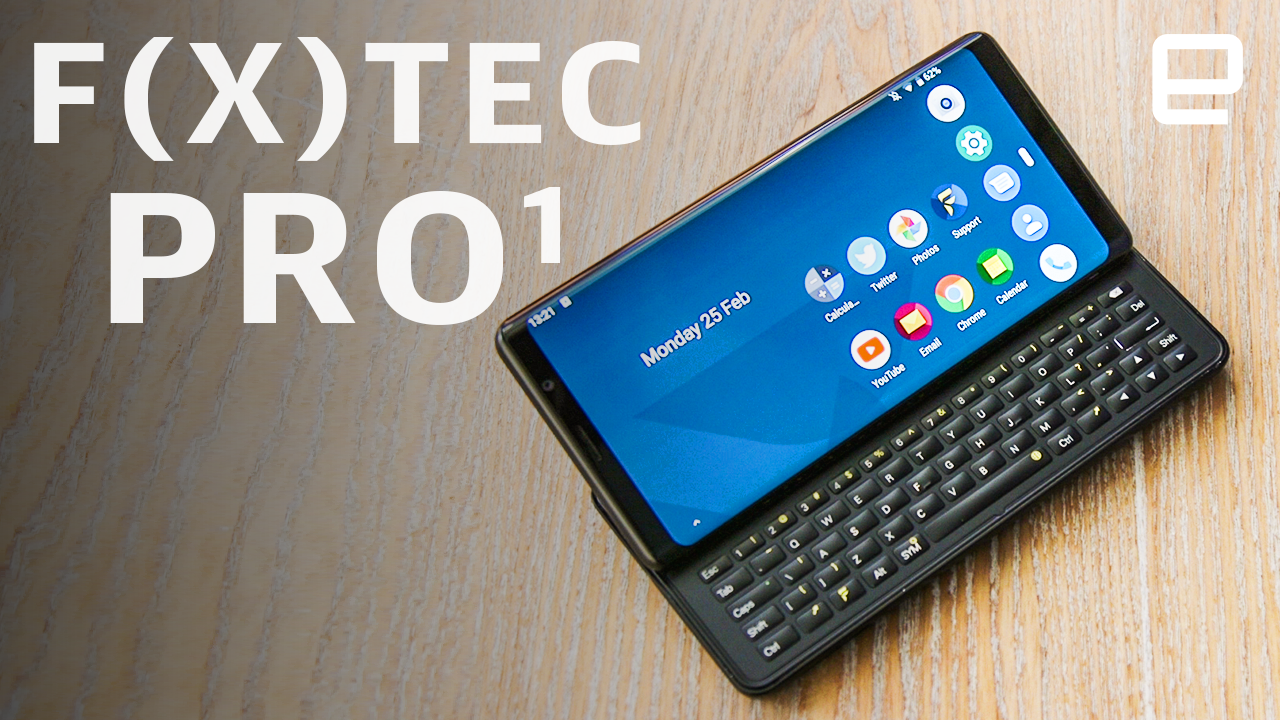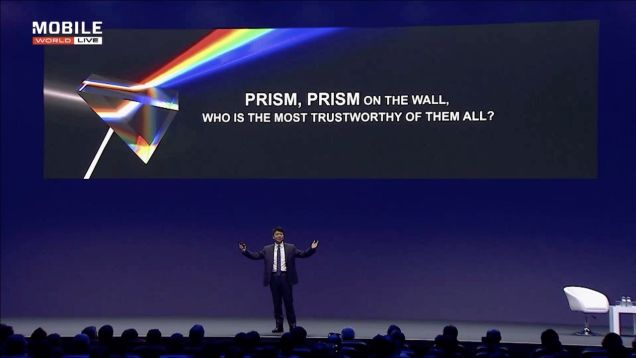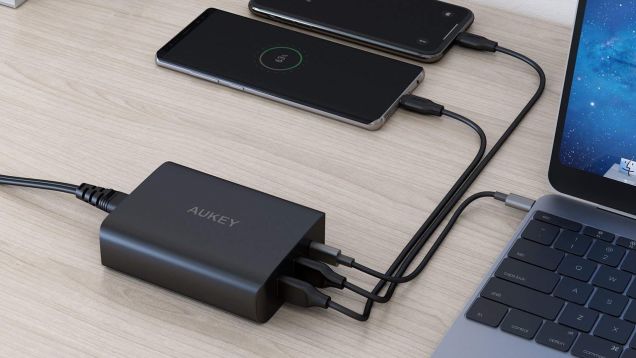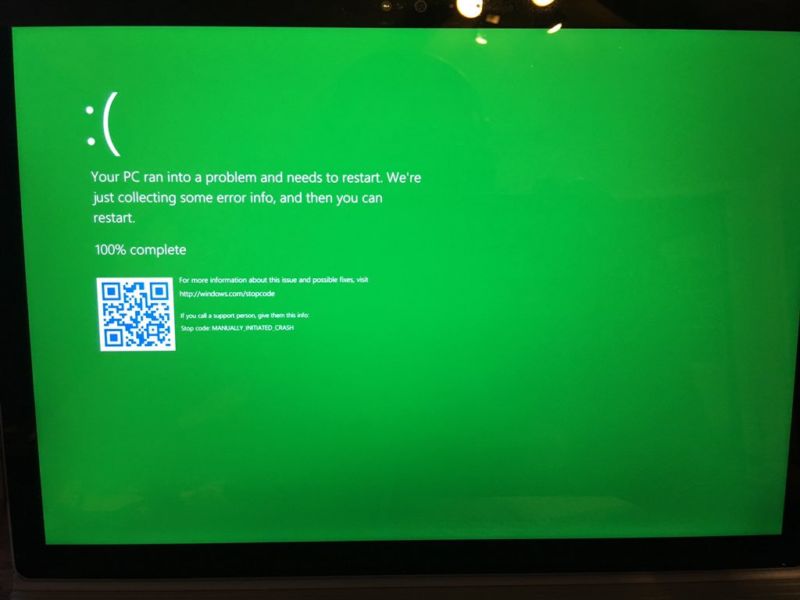HP and SpaceX sent some servers with off-the-shelf Intel Xeon CPUs and Nvidia Tesla GPUs to the ISS in 2017, and as of 2018, those servers were fully operational. But, according to a recent BBC report, HP’s “Spaceborne Computer” was schedules to come back down to Earth about 3 months ago, and those plans were reportedly scrapped after a Soyuz rocket exploded with ISS crew members on board.
The BBC report says that the computers have been operational without any sort of maintenance for 530 days, and that they use radiators to transfer hot air from the server to the ISS’s internal liquid cooling systems in a “closed air loop.” That’s impressive enough by itself, but a recent podcast from HP dives into just how difficult the conditions for these machines really are. The power that comes from the ISS’s solar panels and batteries, for example, is somewhat unstable, and exhibits different characteristics than your typical power grid on Earth. The ISS’s 92 minute day/night cycle reportedly subjects the system to temperature extremes, while alpha radiation tends to randomly flip bits in the silicon itself. HP’s software package has to deal with all these issues, as well as more mundane ones like power regulation, without any human intervention, and according to HP, it’s done a phenomenal job so far. The company seems to think they can apply some of these software innovations to computers on Earth, making them significantly more fault tolerant, but the ultimate goal of the program is to harden cutting edge computers for a Mars journey by 2030.
Traveling to Mars won’t just be a physiological challenge for astronauts, but also one for the technology they carry on their missions. When an SOS transmission from deep space could mean life or death, every minute counts. It’s today’s research of space travel and the cosmos that will make a manned journey to Mars a reality.
Discussion
Source: [H]ardOCP – HP’s Intel and Nvidia Powered ISS Supercomputer is Stuck in Space















